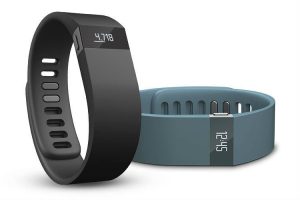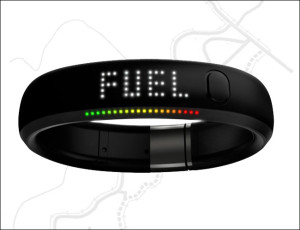
Today, there are as many fitness trackers to choose from as there are gyms, and an increasing number of people are using them as part of their fitness and health regimen. The biggest question that most people will have is wondering how well fitness trackers really work. The answer is not necessarily an easy one to answer without knowing what the individual wants to accomplish in terms of fitness pursuits as the user’s goals will determine which one is best for their needs and how well they work.
While the latest fitness trackers have a price range that runs anywhere from around $60 to nearly $200, the most basic of them are still far more than just glorified pedometers. All of these wearable devices are equipped with a step counter, calorie tracking, distance traveled, and exercise duration. All of these are important features for anyone that wants to monitor their fitness regimen. This is why they are useful tools in a general sense for almost anyone that is serious about getting healthier, especially if they are working with a fitness trainer.
Regardless of which device you choose, all of these features “work.” The question is how well do they work. This is often about accuracy, details, and simplicity. In terms of accuracy and details, features like a pedometer can be less than completely accurate because they use accelerometers, which use movement to measure steps taken. The details matter here because if the unit is worn on the wrist, this can affect the measured movement, which can include the jostling of the arms in addition to the ground impact jostling the body.
Without GPS, distance, and therefore calories burned, is less than accurate for several reasons including the person’s stride .Some of these devices can be calibrated to input the user’s stride for greater accuracy. Additionally, walking on a flat terrain and walking at an incline burn calories at different levels. Still, the basic information such as height, weight, age etc. can provide enough information to develop a baseline that is accurate enough to show improvement.
There are a number of devices that not only measure steps and incline, they also measure fitness activities like running, cycling, stair climbing, and even swimming. Activity trackers like the Fitbit, Jawbone UP24, and Nike+ FuelBand, among others, talk to your smartphone by way of Bluetooth technology and count your steps, calories burned, and even sleep.

The reality is that this level of detail is not for everyone and may appeal more to the person that is heavily into fitness or training for sports at a higher level. While the accuracy is much higher, the price tag reflects that greater accuracy.
On the other hand, greater accuracy is not the point of many of these units as they are designed to quantify how much you move so that you have a baseline to show improvement. The end goal is to motivate you to do even more.
Every personal trainer knows that it is what you do in the hours between exercising that is the greater determinate of ultimate health and fitness. Consequently, it comes down to your own personal motivation as to whether fitness trackers “work” or not.
Just as with a personal trainer that provides a method to track what you eat, how you exercise, and the maintained heart rate when you are not with them, the fitness tracker can be a useful adjunct. Some like the Nike+ FuelBand SE, Fitbit, and Jawbone UP use alarms to get the wearer moving a minimal amount of time in any given hour when they have been sitting too long.
With the proper self-motivation, almost any of the available fitness trackers will work for the casual gym goer or anyone that is committed to self-improvement in terms of health activities throughout the day and evening. As you move up the scale to those rated the best among fitness trackers, the devices provide greater accuracy, details and simplicity.
All of the units provide a level of simplicity whereby you can keep an exercise log with charts that show how many steps you’ve taken. Some will divide up the fitness activities such as running and swimming in order to see the gaps where improvements can be made.
Although many also measure sleep, few do this well because they cannot tell the difference between when you are actually asleep and just sedentary despite setting the devices for sleep mode. That being said, some of the higher end devices have greater accuracy of heart rate and skin temperatures that provide a more accurate guide to when and how a person is sleeping.
The bottom line with all of these devices is that they all work in the sense that they provide a baseline level of accuracy that is meant to motivate you to do more. For anyone that is committed to changing their lifestyle to one that is healthier regardless of time of day or activity, these devices work well.


